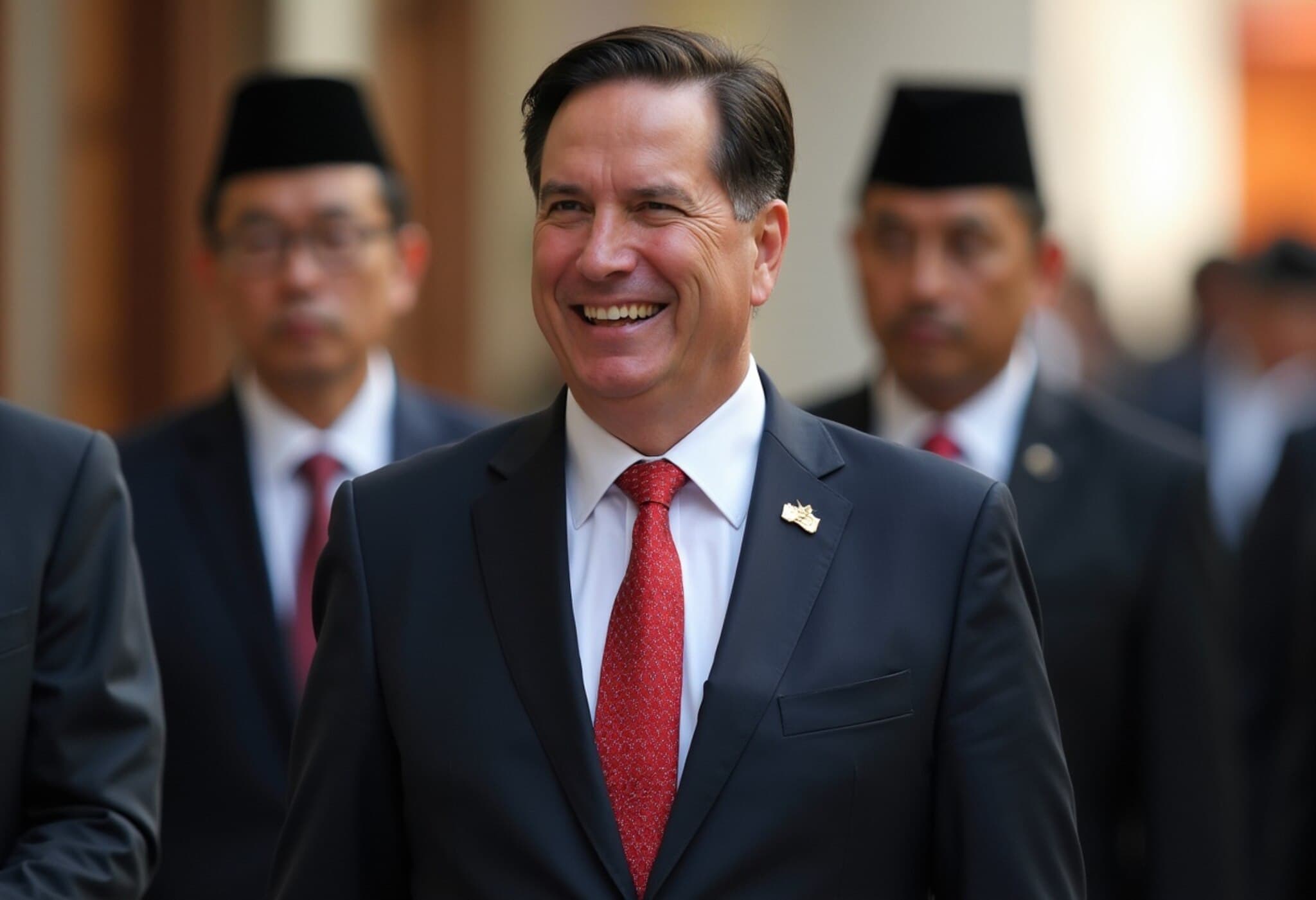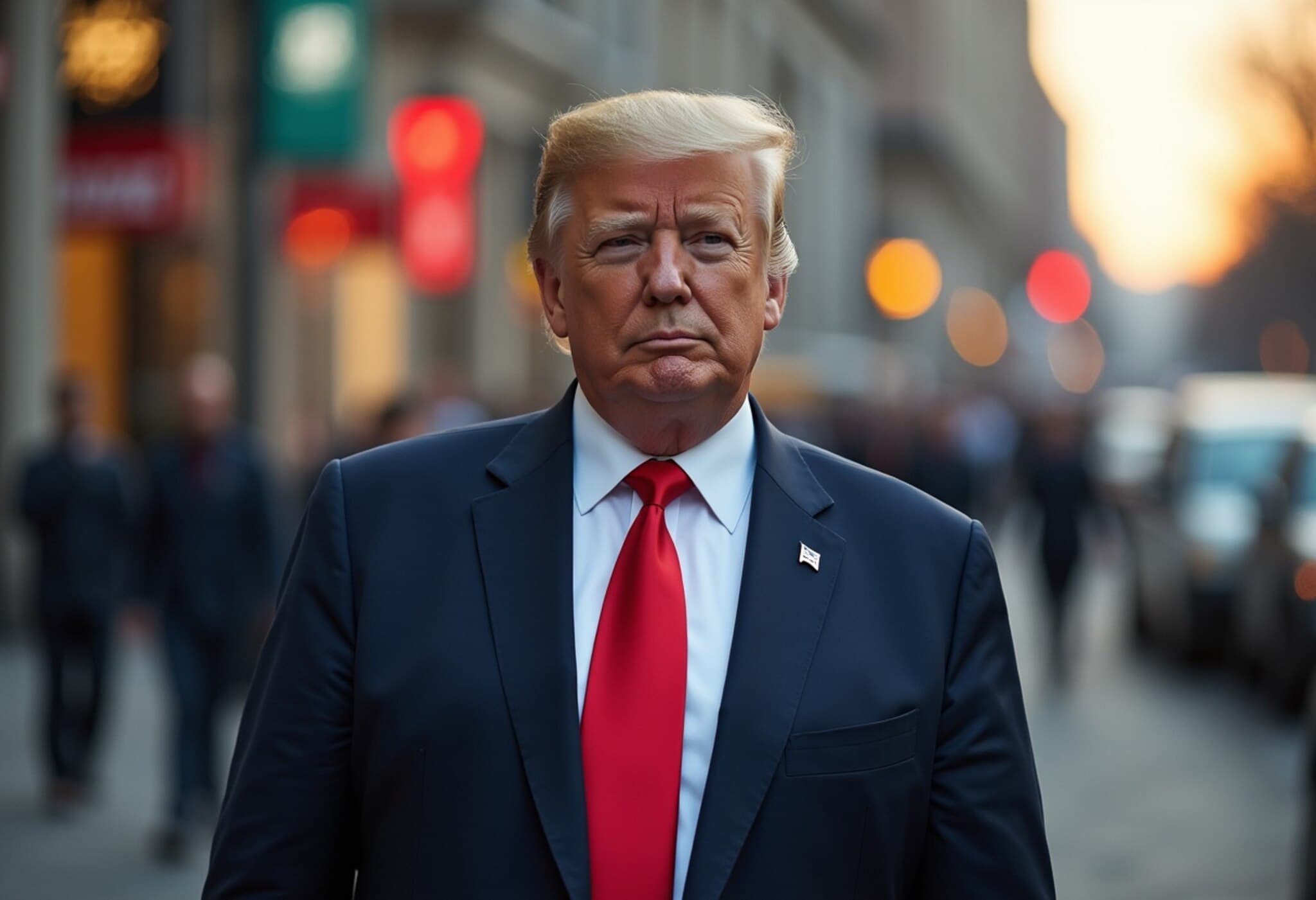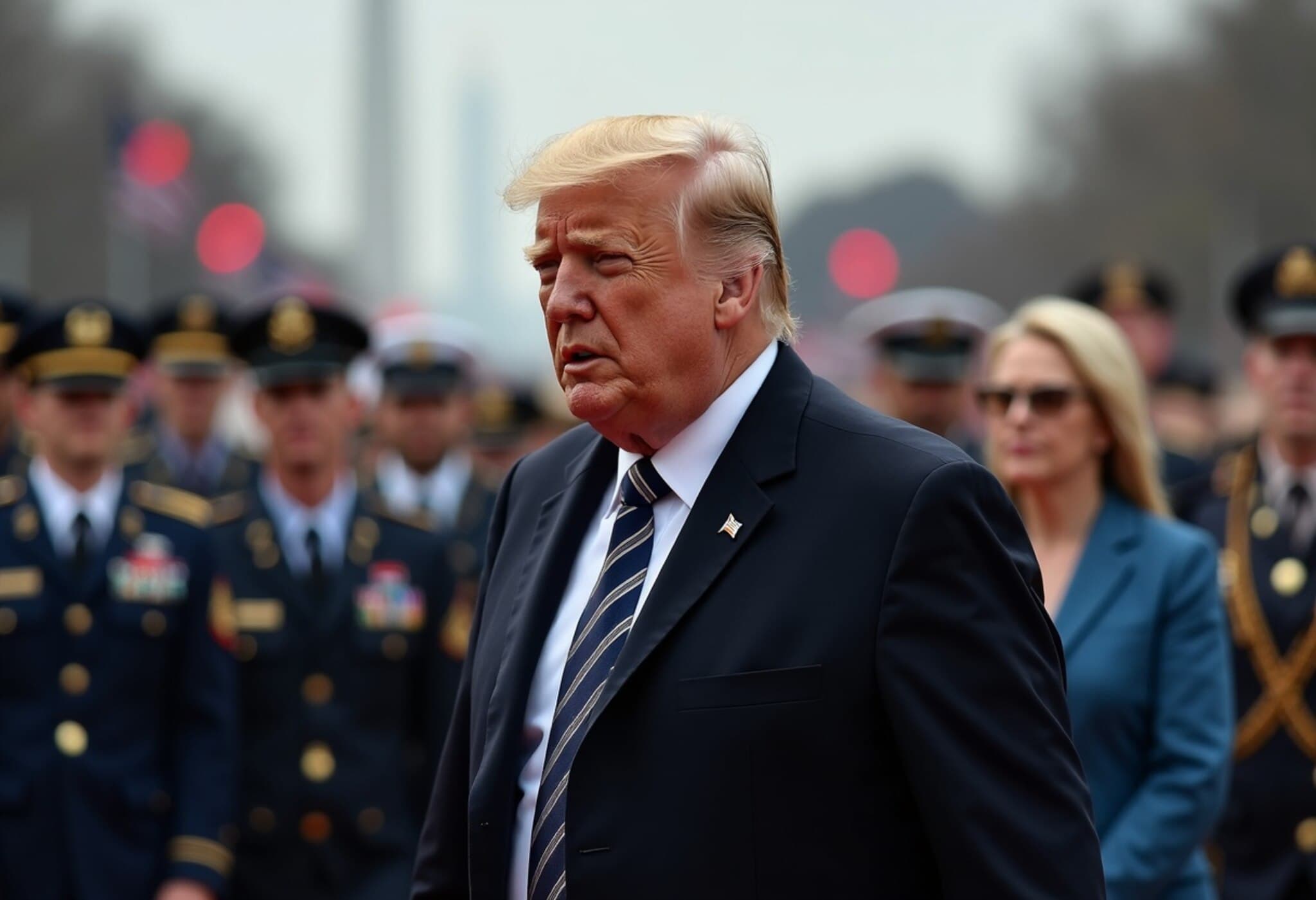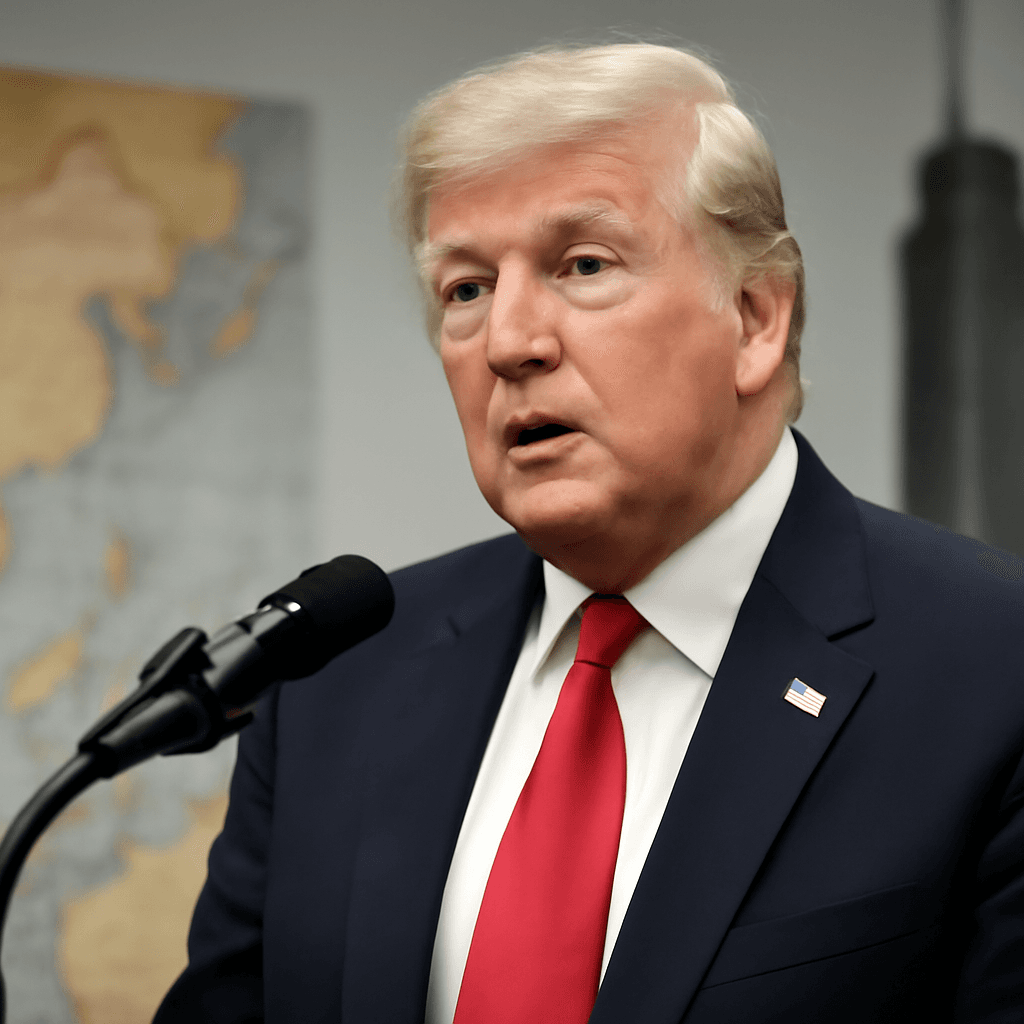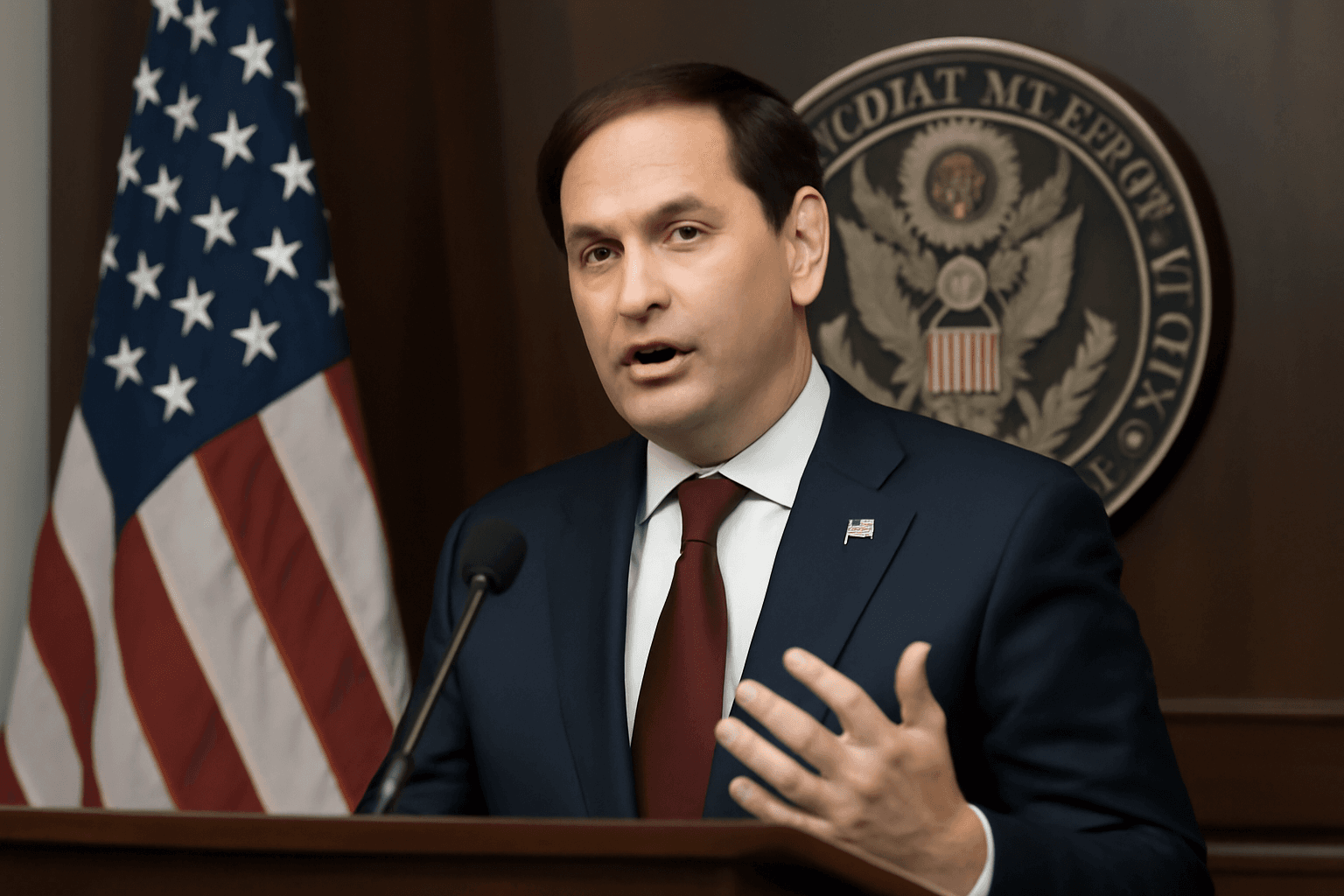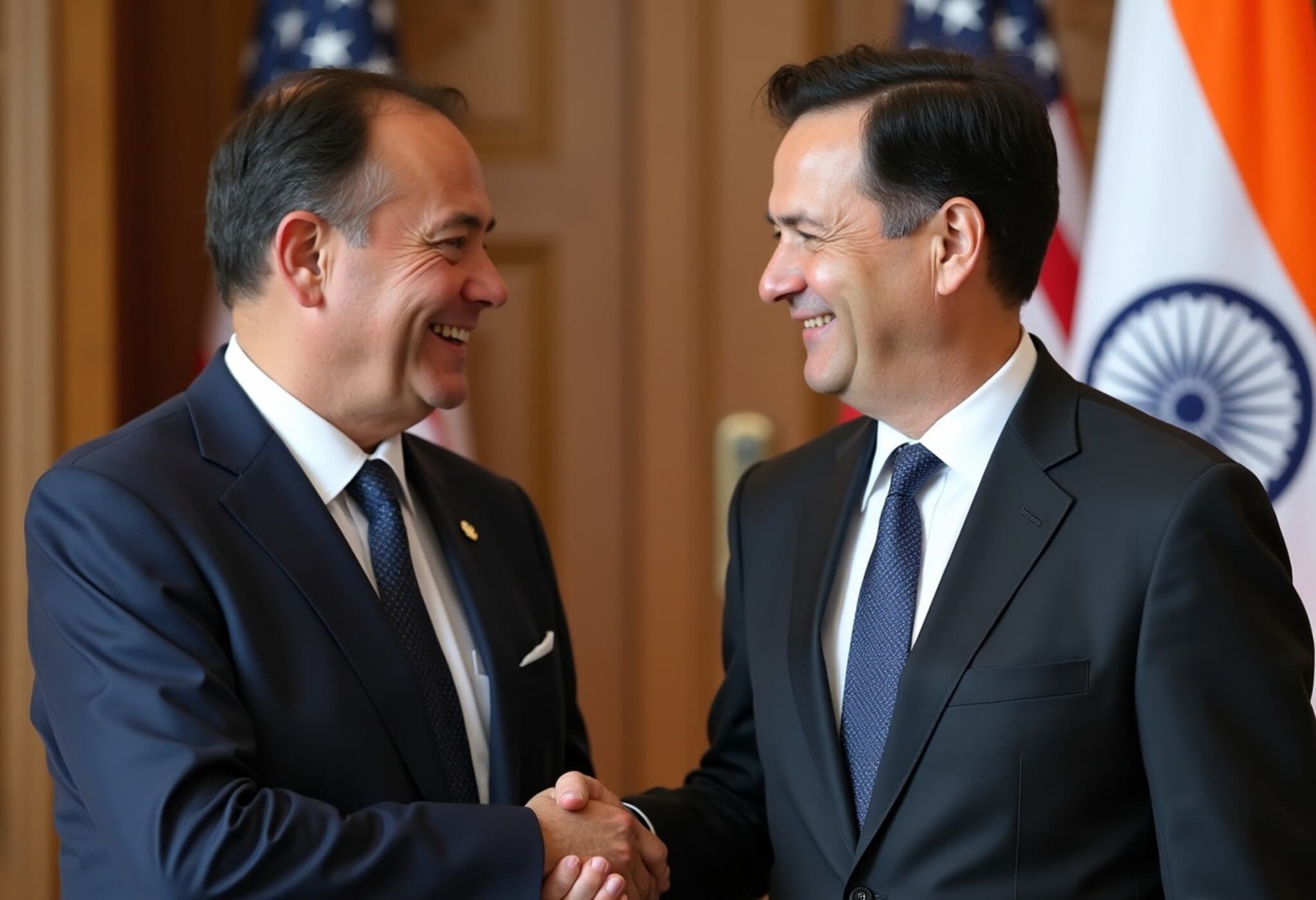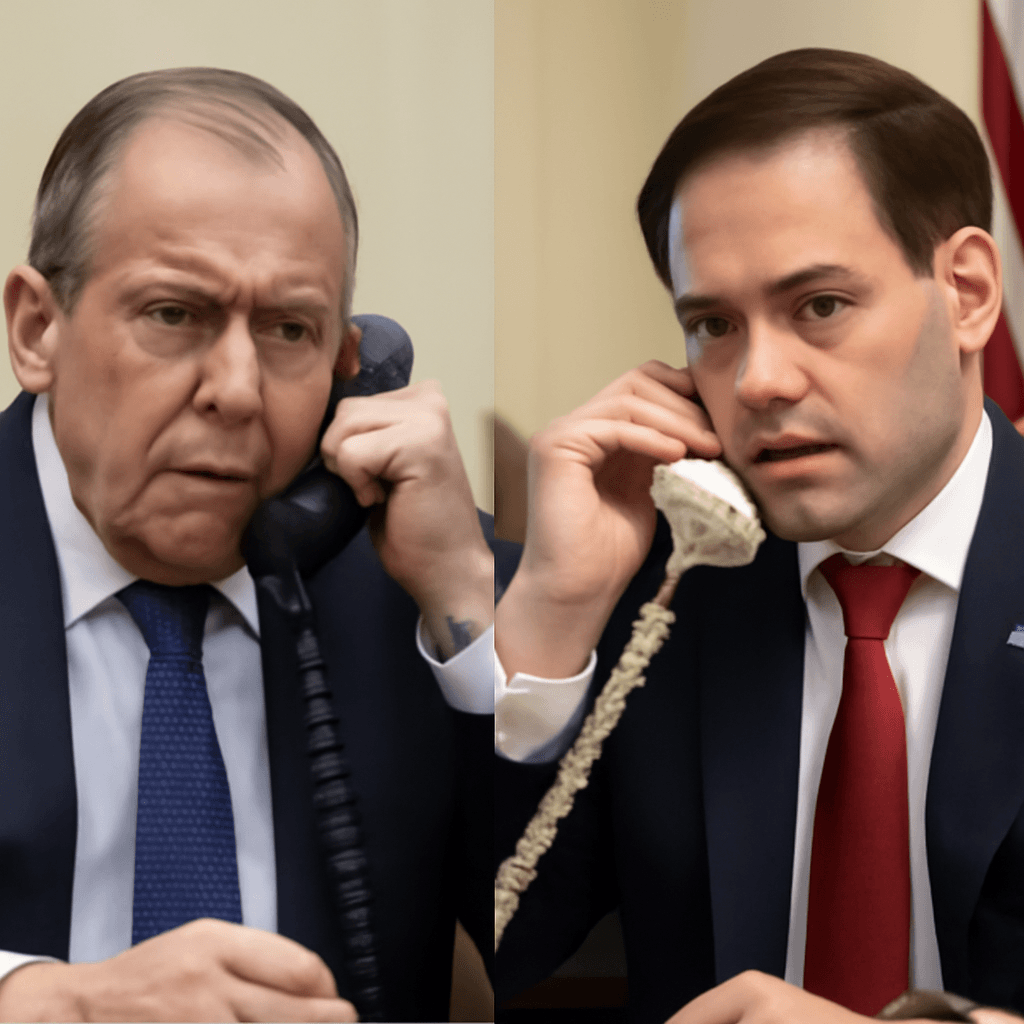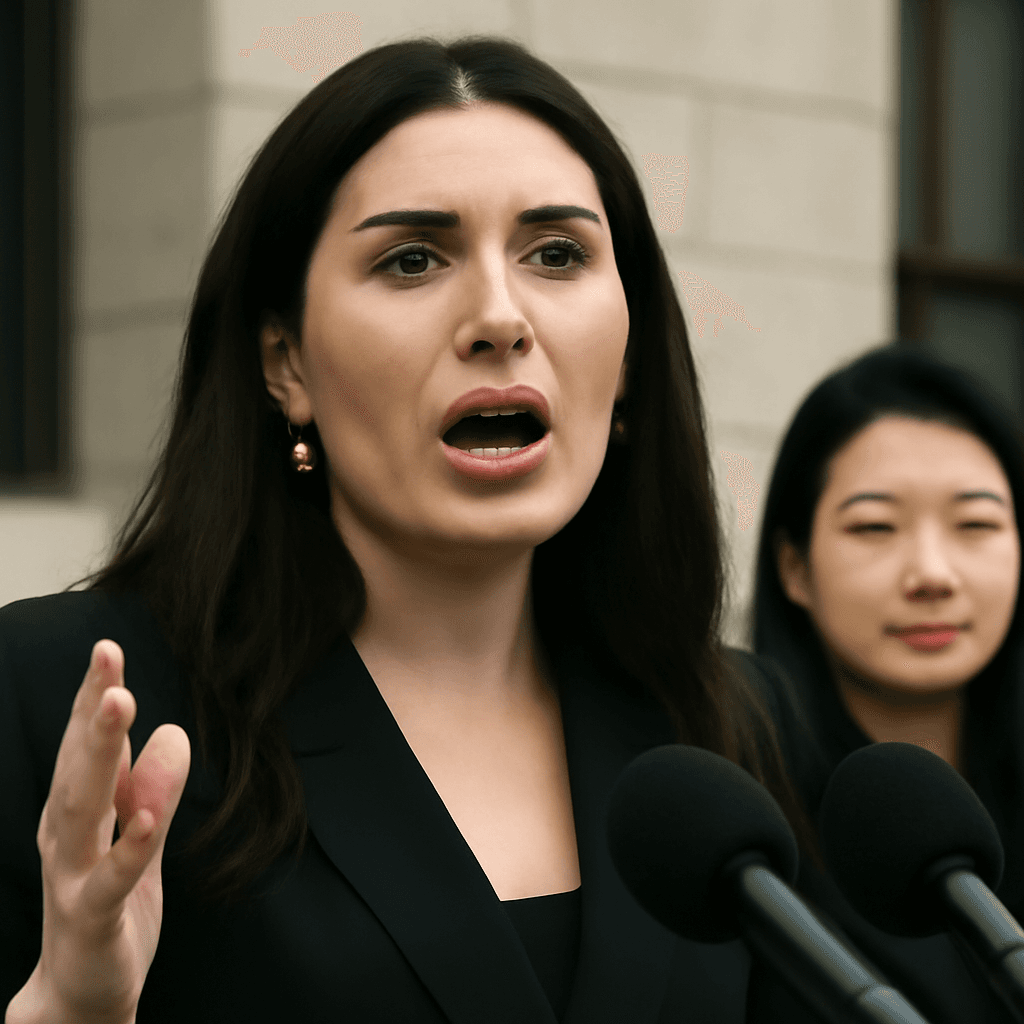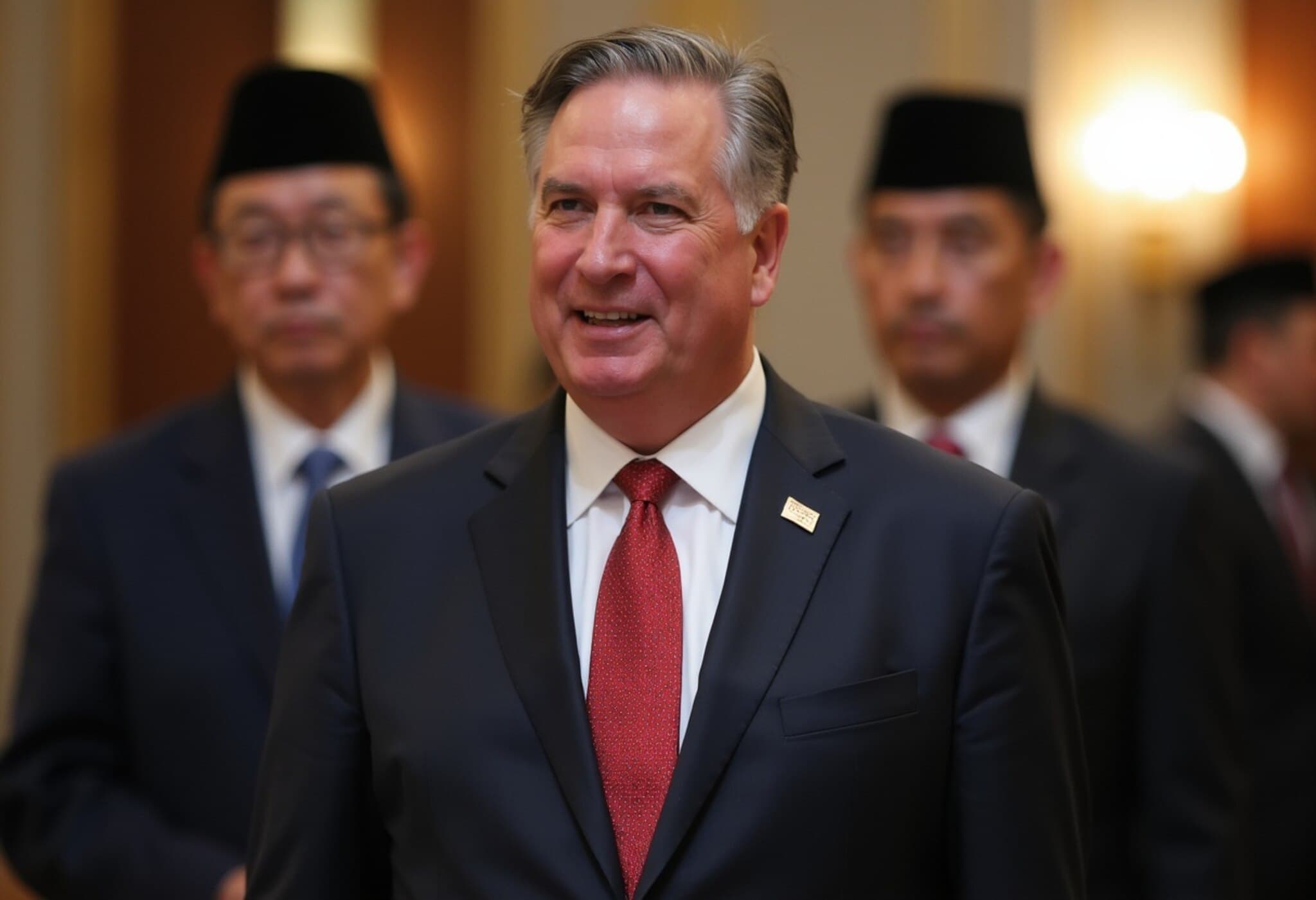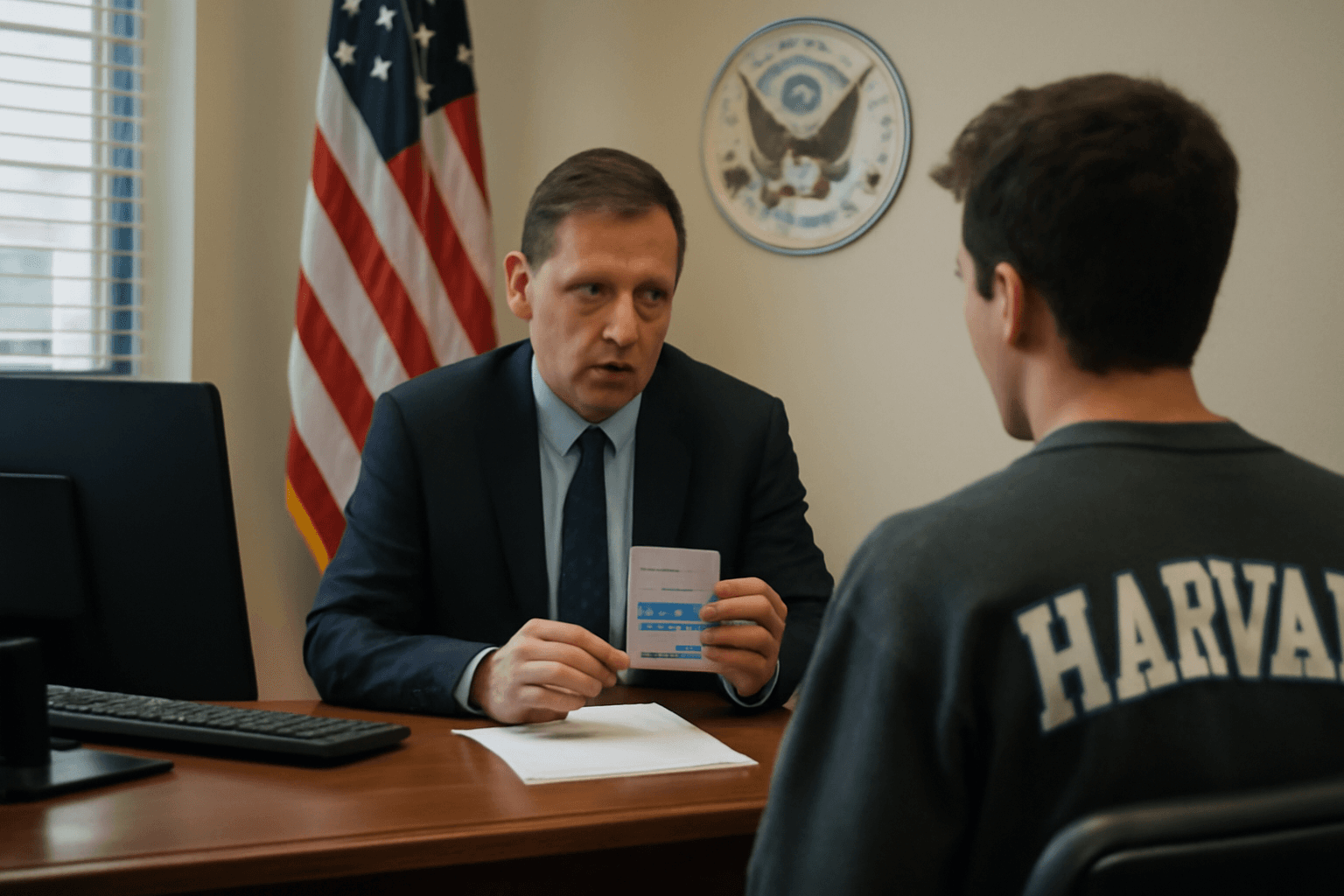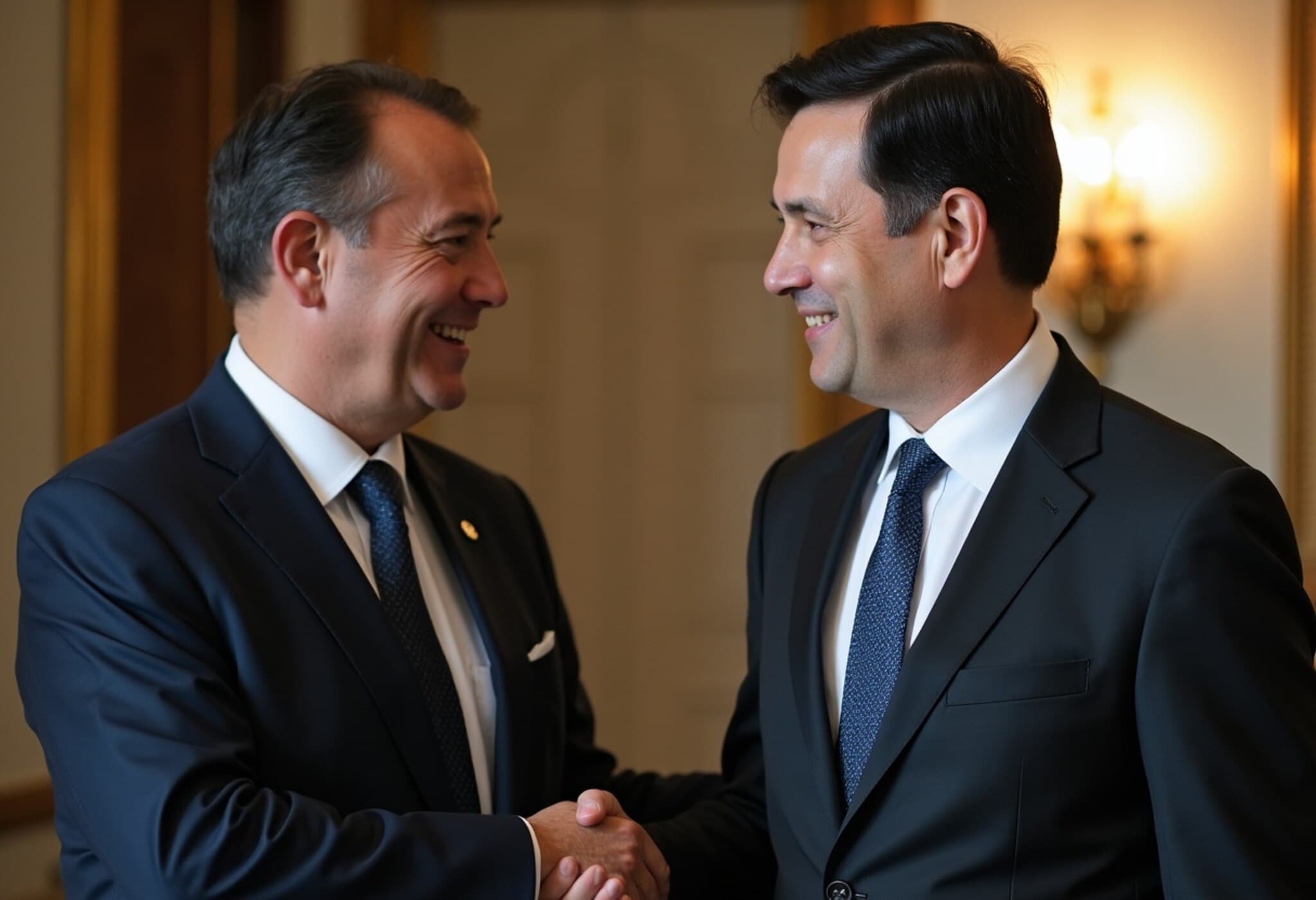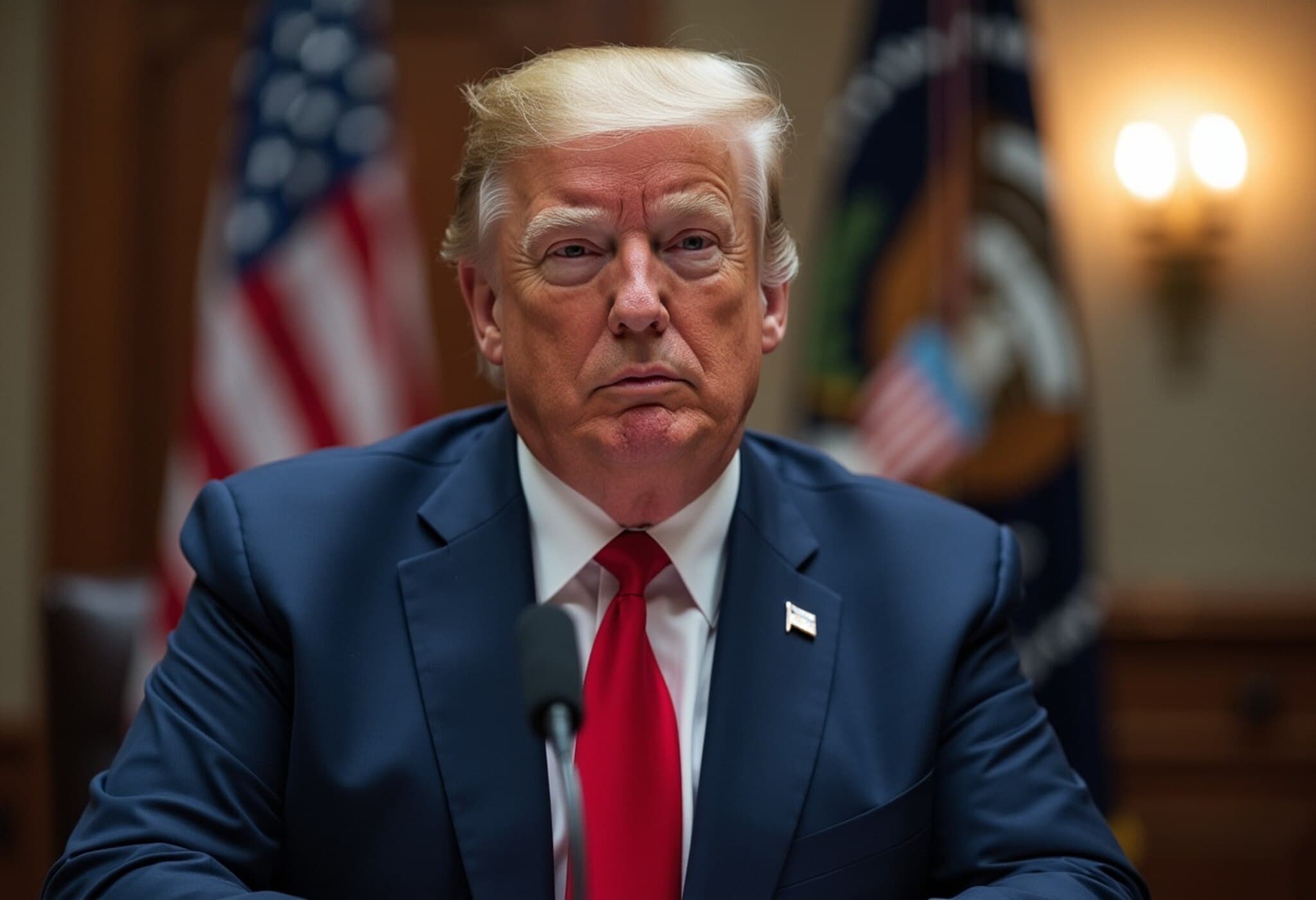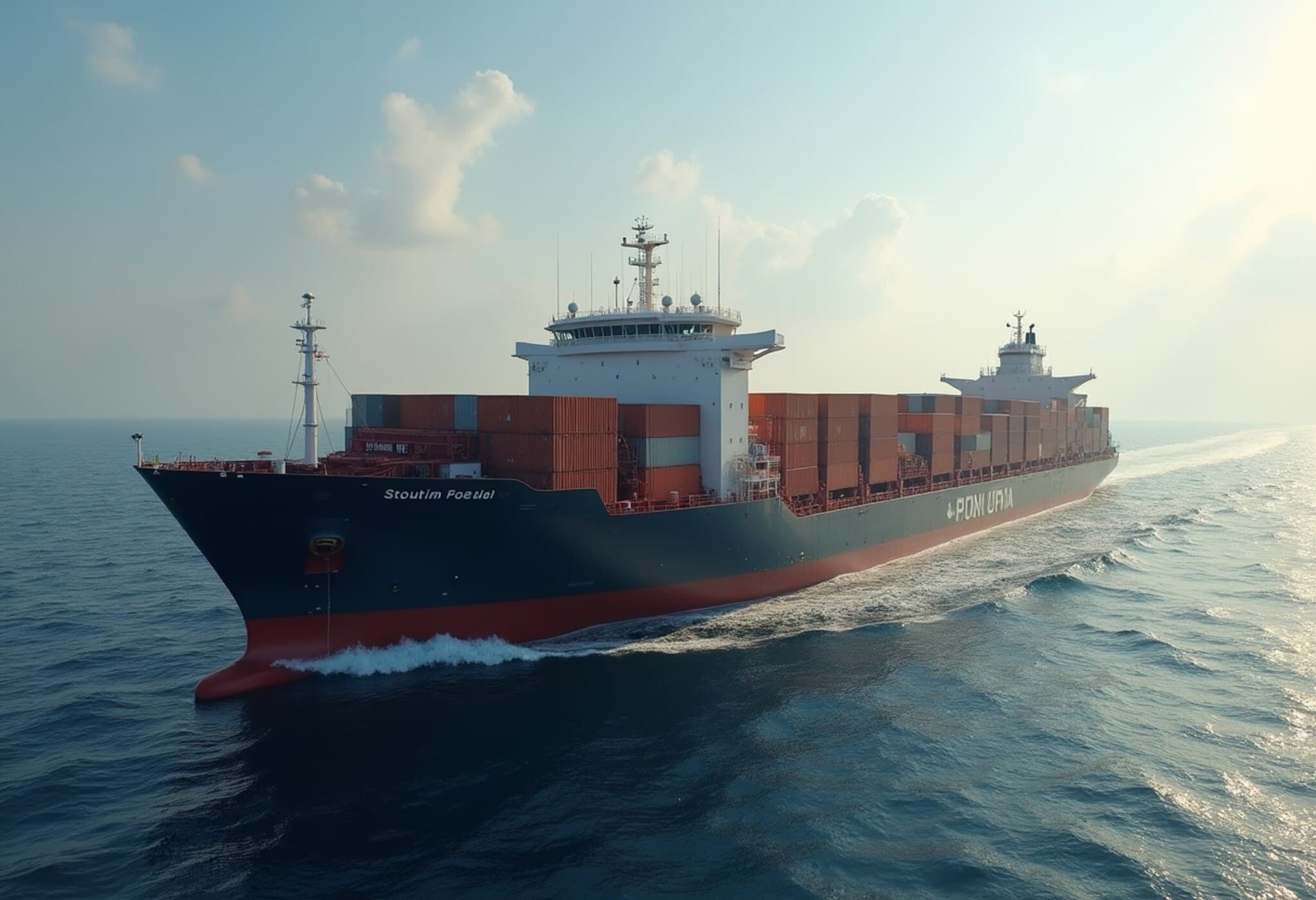Rubio's Landmark Visit to Southeast Asia Amid Rising Trade Tensions
In a significant move to reaffirm the United States' commitment to the Indo-Pacific region, US Secretary of State Marco Rubio embarked on his first official trip to Asia since taking office in January 2025. Heading to Kuala Lumpur, Rubio aims to strengthen ties with the ten-member Association of Southeast Asian Nations (ASEAN), whose ministers convene this week to discuss regional cooperation. However, this diplomatic effort is overshadowed by President Donald Trump's recently imposed tariffs targeting several ASEAN countries, complicating Washington’s engagement strategy.
Balancing Diplomacy with Economic Frictions
Rubio’s visit highlights the US administration’s attempt to rebalance its foreign policy focus away from traditional conflict zones in the Middle East and Europe towards the strategically vital Indo-Pacific. This realignment is pivotal as America seeks to counter growing Chinese influence in the region through enhanced partnerships with ASEAN nations.
Nonetheless, economic tensions persist as President Trump’s administration announced new tariffs — including a 25% levy on Malaysia and Brunei, and 20% on the Philippines and Vietnam — set to come into effect on August 1. These measures risk souring diplomatic goodwill just days before Rubio's meetings, with ASEAN members potentially viewing the tariffs as a contradiction to US overtures for closer cooperation.
Expert Insight: The Tariff Conundrum
Trade analyst Dr. Elaine Chen from Georgetown University observes, “While strategic partnerships are vital, the imposition of tariffs simultaneously signals economic protectionism. This dual approach complicates trust-building, especially in regions where China positions itself as a partner offering economic incentives without such trade barriers.” The tariffs could inadvertently push ASEAN countries to deepen their economic reliance on China, undermining US diplomatic efforts.
Key Engagements and Diplomatic Challenges at the ASEAN Summit
Rubio’s schedule includes bilateral discussions with Malaysian officials alongside attendance at ASEAN meetings involving regional and international partners. Of particular note is the potential interaction with Russian Foreign Minister Sergei Lavrov and Chinese Foreign Minister Wang Yi. Although no meetings with them are confirmed given Rubio's brief 36-hour stay, the US presence amidst these key figures underscores the geopolitical complexities at play.
The backdrop to these encounters includes escalating tensions between the US and Russia over the ongoing Ukraine conflict. President Trump’s recent public remarks expressing dissatisfaction with Russian President Vladimir Putin come amid intensified Russian military actions in Ukraine. This strained relationship further complicates the multilateral dynamics at the ASEAN Summit.
Regional Relevance: The Indo-Pacific at a Crossroads
The Indo-Pacific region represents one of the most consequential geopolitical arenas today. Enhanced US engagement through figures like Rubio signals Washington’s intent to ensure a presence that can counterbalance China’s assertive policies on trade, security, and maritime affairs. Yet, economic measures like tariffs risk undermining this soft power strategy.
Policy analysts caution that coherent and consistent diplomacy — combining economic openness with security assurances — is essential. ASEAN countries, having diverse interests, seek partnerships that do not compromise their economic growth. The US must therefore navigate carefully to avoid alienating crucial allies amid broader geopolitical contests.
Conclusion: Navigating Complex Diplomatic Terrain
Marco Rubio’s inaugural trip to Southeast Asia encapsulates the intricate balancing act faced by the United States as it juggles strategic ambitions with contentious economic policies. While efforts to deepen relationships with ASEAN aim to fortify a united front in the Indo-Pacific, tariff impositions jeopardize this endeavor, introducing uncertainties about America’s long-term commitment and approach.
Editor’s Note
The interplay between diplomacy and economic policy in Rubio’s visit raises a critical question for policymakers and observers: Can the United States successfully recalibrate its Indo-Pacific strategy amid protectionist impulses? For ASEAN, this moment tests the durability of partnerships and the influence of competing powers. Going forward, observers should watch how the US adjusts its policies to sustain influence without alienating key regional partners.

